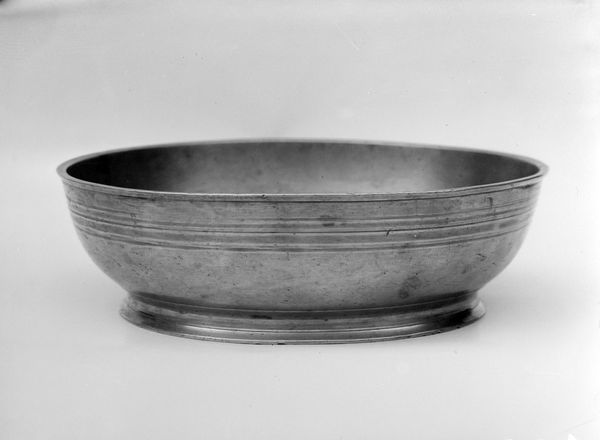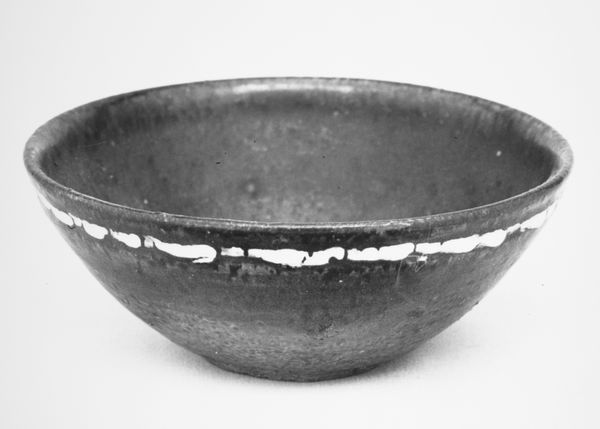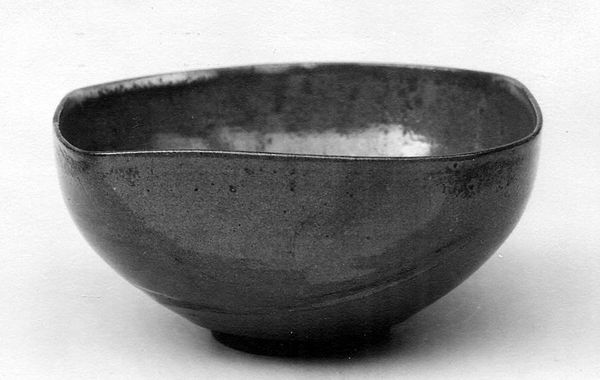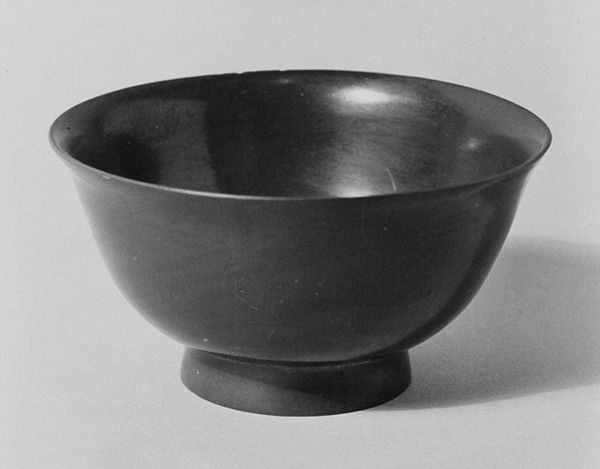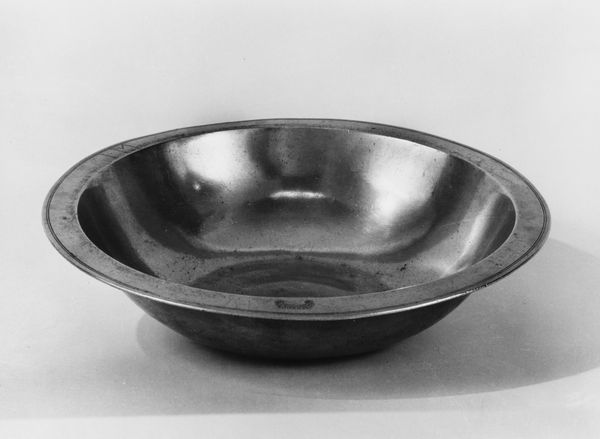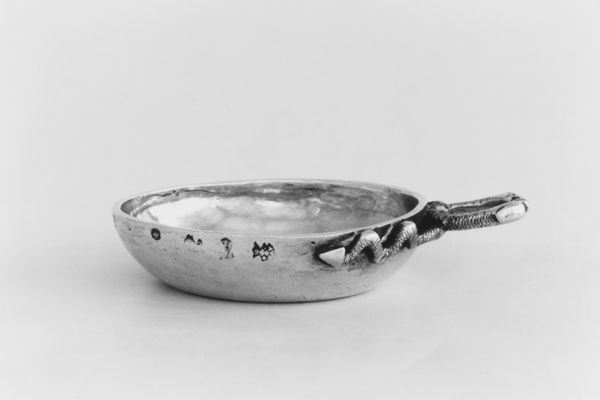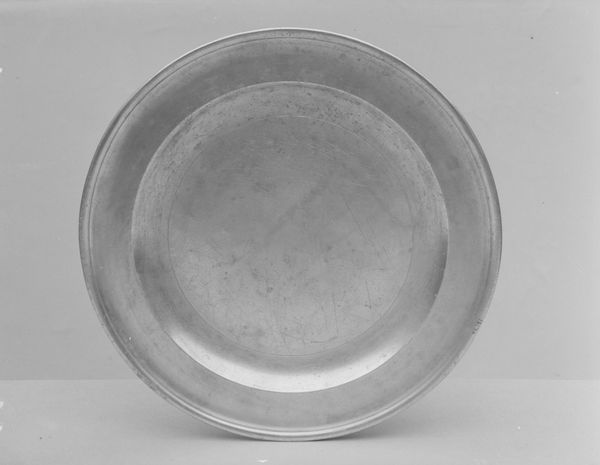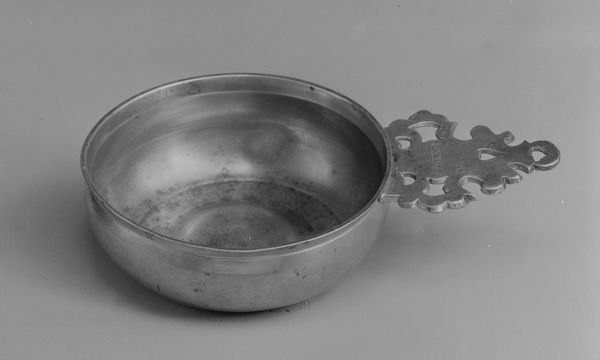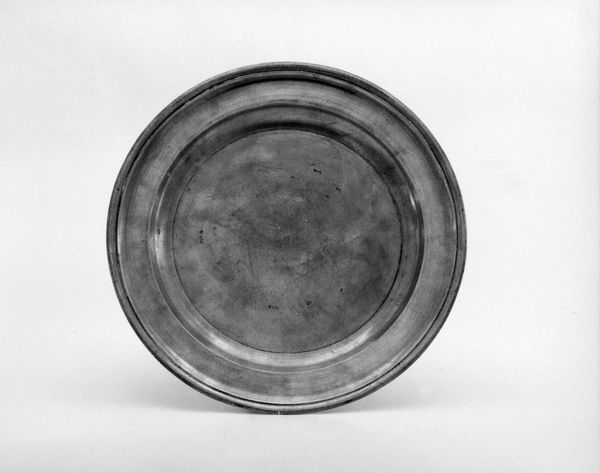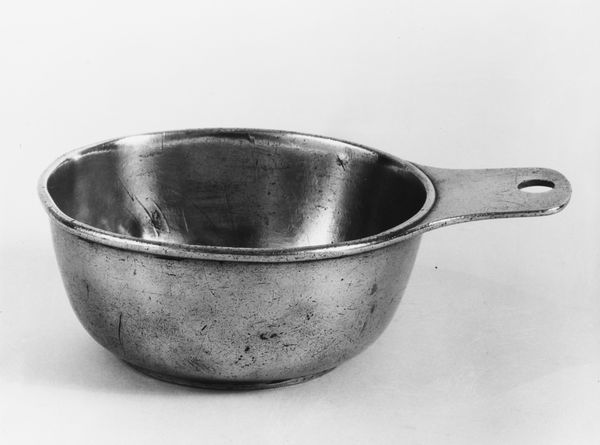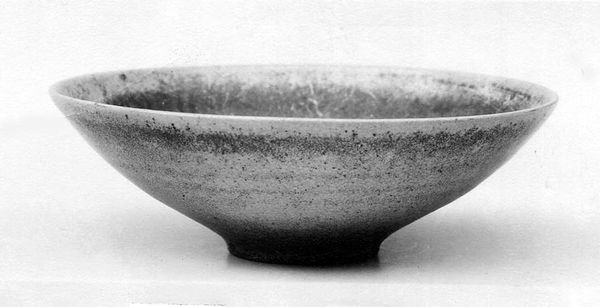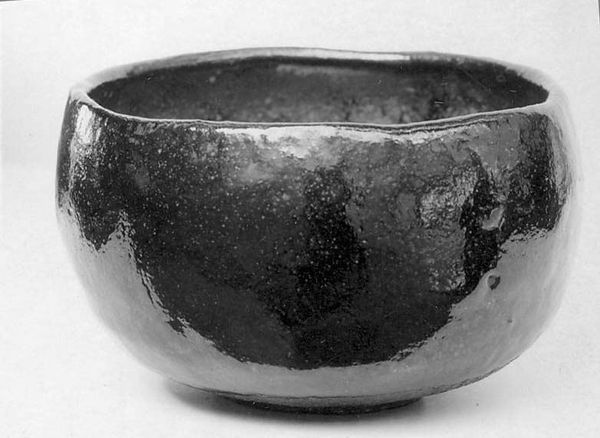
silver, metal, sculpture
#
silver
#
baroque
#
metal
#
form
#
sculpture
#
line
#
decorative-art
Dimensions: Overall: 1 1/8 × 2 5/8 × 4 3/8 in. (2.9 × 6.7 × 11.1 cm)
Copyright: Public Domain
Curator: The simple form and unadorned surface of this vessel initially evoke in me feelings of cool austerity and functional minimalism. Editor: Indeed, its elegance is understated. What we are looking at here is a "Papboat," crafted from silver by George Wickes, around 1725 or 1726. You can find it here at the Metropolitan Museum. Curator: Papboat? Given that it dates to the Baroque era, I would have expected more overt embellishment! I note the elegant line—but its purpose seems entirely...utilitarian. Editor: Well, the form dictates its function: it was created to feed infants or invalids. In those days, pap was a soft food—bread soaked in milk, for instance—and the spout made for easy feeding. The silver suggests this was owned by an affluent family. Curator: That makes the emotional tenor of the object much clearer. Considering the high rates of infant mortality during this period, I'm seeing that the object might have been laden with hope and also with anxiety and potential for immense loss. It becomes a vessel not just for pap but for deeply charged emotions. Editor: Precisely! The materiality further reinforces that reading. The sheen of the metal; even the Baroque emphasis on pure line can be understood here as aspirations of grace, health and well-being for its young recipient. Curator: I suppose that inherent association with such beginnings, mortality, vulnerability...it invites meditation on our own lives and legacies, not just as abstract concepts but as tangible artifacts. Editor: A somewhat solemn and moving realization when looking at what first seems like a basic container. So much for a bowl! Curator: Yes, an invitation, perhaps, to re-examine objects once again, beyond surface observations.
Comments
No comments
Be the first to comment and join the conversation on the ultimate creative platform.
